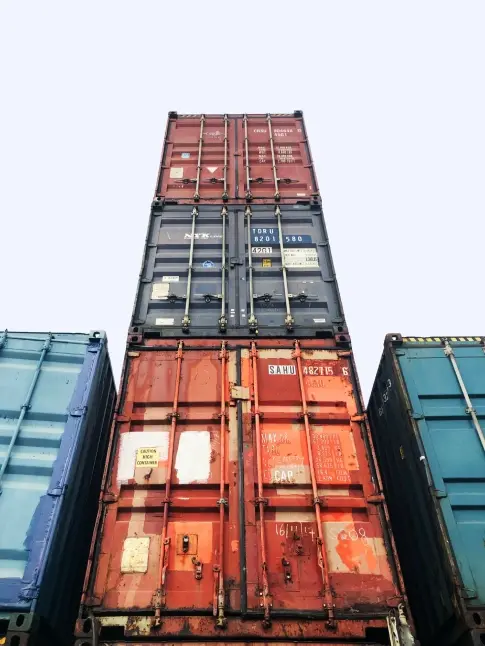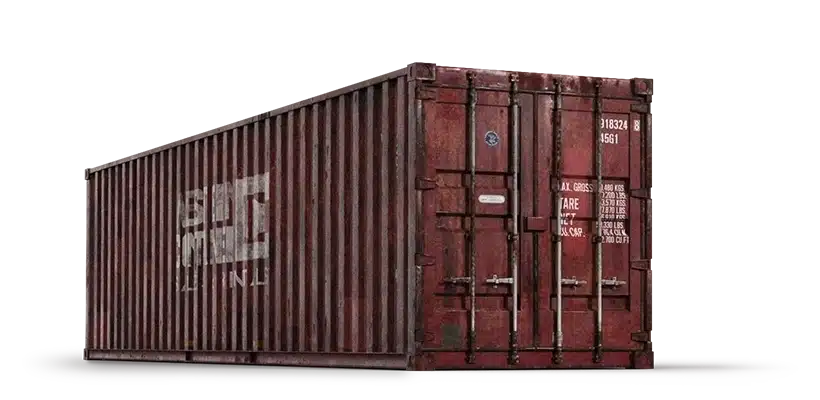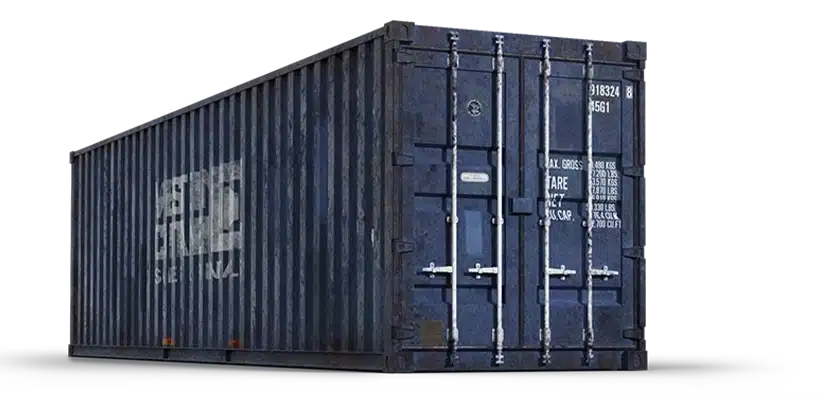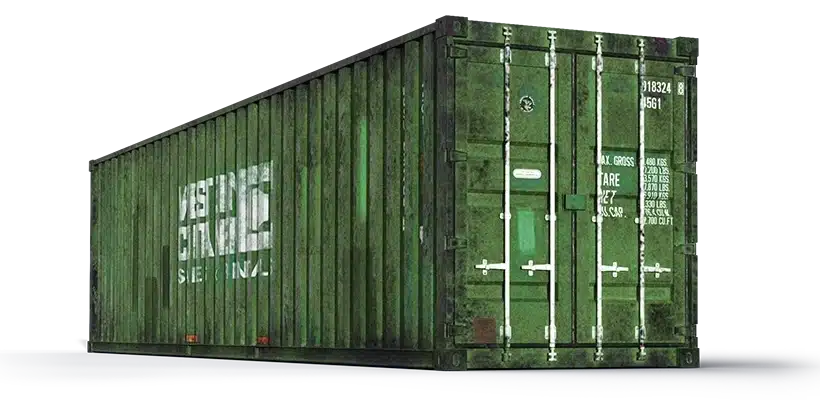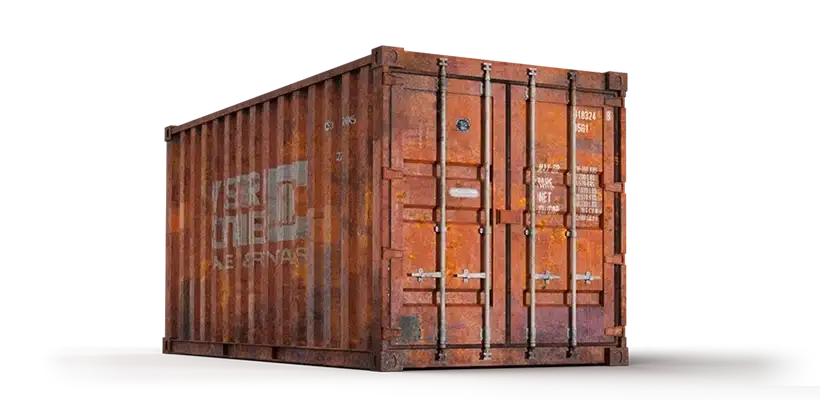Dimensions & Specifications
The International Standard for Organization (ISO) requires that all containers are built to within a few millimeters of one another so they can be stacked on container ships without issue.
Containers are quantified in terms of twenty-foot equivalent units (TEU's) and are most commonly built in 20' and 40' lengths.
More Information
About Shipping Containers
Shipping containers are held to a very specific set of specifications and dimensions to ensure the same equipment can safely handle the containers anywhere in the world. The information listed on intermodal shipping container doors is standardized so the container can be handled at any port in the world, from the ID number and dimensions to the manufacturer information on the CSC plate.
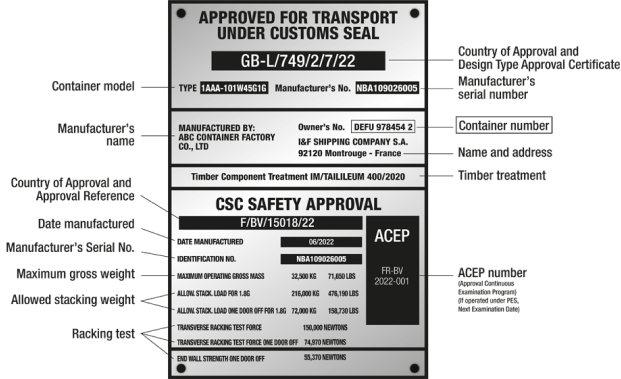

Safe
Handling
Instructions
A sticker or plate identifying such things as High Cube containers, hazardous cargo, or other such labels. High Cube shipping containers will also have yellow decals at the top of the frame on each end, to make the extended height more noticeable. High Cube containers have an outside height of 9'6" (one foot taller than standard shipping containers, which are 8'6" tall).
CSC Plate
The Convention for Safe Containers (CSC) Plate includes information on the date and location of manufacture, as well as other specifications. Learn more about the Convention for Safe Containers on the International Maritime Organization's website. And make sure to purchases CSC survey if you need to use your shipping container for export.
Container
Identification
Number
Each shipping container has a unique identification number. The first three letters represent the container owner (registered with the Bureau International des Containers "BIC"), and those are followed by a "U" for dry containers, and then six more numerical digits for the unit number. The 7th number is a "check digit" used by calculating the value of each letter and number in the ID. Confirm your check digit with BIC.
size & capacity
specifications
To ensure safe handling and stacking on ships, containers should not be loaded heavier than the weight specifications listed on the door and CSC plate. Please note: local shipping weight regulations may be much lower than the maximum payload of the container. For instance, many shipping containers can handle over 65,000 lbs of cargo, but a load that large exceeds FMCSA regulations.
Locking Rods
& handles
Locking rods are bolted to the exterior of the shipping container cargo doors and frame, that seal the door tightly when twisted closed and clasped. A broken or bent locking rod can mean that a door won't seal properly. We guarantee doors will seal on every shipping container we sell, but it's always a good idea to grease the hinges and make sure the door frame is square.
Rubber Door
Gasket
Each of the shipping container cargo doors is fully surrounded by a rubber gasket. The gasket allows the steel doors to be shut tightly to prevent both weather getting into the the container and helps keep cargo from spilling out if the freight shifts or pallets fail during transport. Good gaskets are essential to a cargo container being wind/water tight. Cargo door gaskets are covered by our 1-year warranty.
We Price Match Quotes From Professional Competitors
Submit your quote from companies that use CDL drivers for deliveries for a price match request*
*we do not price match companies that don't use CDL drivers, and encourage customers to use caution if they buy from companies with "hot shot" delivery


